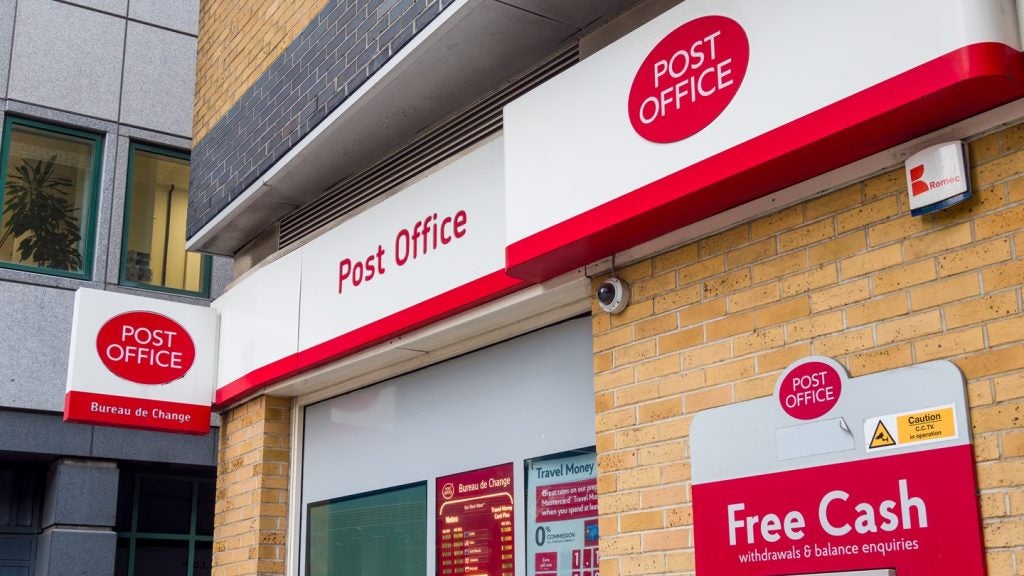Born between 1997 and 2012, Gen Z has grown up with the internet. It’s no wonder these users expect highly sophisticated and personalised digital experiences in banking. In fact, 72% gravitate towards online-only neobanks. For financial services providers, retaining Gen Z users after they’re acquired is often the biggest challenge. To do this, companies must create value from day one. Laura Friend writes
Breaking down Gen Z’s expectations
Gen Z makes up just 15% of the UK’s population, but they’re a key demographic for financial providers. Aside from their influence and spending power, they’re set to inherit wealth from older relatives, as British baby boomers are expected to hand down £5.5trn of assets between now and 2050. Currently, older Gen Zs are already using banking services to apply for credit cards, take out loans, or save for milestones. And Gen Z also encapsulates the younger “screenagers”, whose early exposure to personalised technology inevitably means higher expectations for digital products.
For Gen Z, a valuable product experience starts with a mobile-first approach. Providers need to ensure that experiences within their mobile apps are convenient, user-friendly, and quick to drive value. Today, Gen Z faces a barrage of apps, often leading to fickle attention spans. This means users need to be able to spend as little time in the product as possible – they simply want to get what they need from the app, and then close out. To this end, Gen Z also prefers self-service options, so around-the-clock support, seamless app integration, and virtual assistants are important features to consider. When it comes to the experience itself, Gen Z want their banking product to be personalised to their financial situation and goals.
Clearly, anticipating and integrating Gen Z users’ needs will help financial providers maintain a competitive advantage. It all starts with behavioural data.
Developing a proactive, personalised product
The secret to an exceptional digital banking experience lies in customers’ data and how a business uses it. By leveraging data analytics, financial organisations can understand how Gen Z customers interact with a product. They can then tailor each experience to meet user needs faster and more effectively.
For instance, analysing spending habits and transaction histories can help businesses offer personalised recommendations for relevant products or deals. If a user often spends money eating out, the organisation can use their data to share offers for similar restaurants. This data can also be used to help customers see where their money is going. Businesses can send smart alerts to mobile devices to remind users of outstanding bills or give them updates on how they’re tracking against daily spending limits. This means customers spend less time in a product but still remain engaged, knowing that their finances are well-managed.

US Tariffs are shifting - will you react or anticipate?
Don’t let policy changes catch you off guard. Stay proactive with real-time data and expert analysis.
By GlobalDataMost importantly, this proactive approach also communicates to customers that financial providers care about their financial health and needs. This is central to building trust.
Investing in users’ financial literacy
Another area that banks and financial service providers should consider when targeting Gen Z is closing knowledge gaps. Many Gen Zers are stressed about finances, and they want to be more knowledgeable about the topic. In a recent study quizzing various generations on common financial topics, Gen Z scored the lowest. If younger users struggle to make informed financial decisions, they’re less likely to have a positive experience with a digital product that requires a certain amount of financial understanding.
The banks and financial services providers that offer educational resources and tools to help these demographics manage their finances can gain a leg up on the competition.
Naturally, customer data is valuable here, as providers can use it to recognise which areas a customer might need support in. Imagine a Gen Z user who needs a small business loan, but they drop off before completing the online application. A bank can use that insight to then embed learning materials about loans into that individual’s product experience as well as personalised recommendations for which loans they qualify for. This approach both empowers Gen Z users and builds up trust between the user and the provider. And this, in turn, drives loyalty.
In an era dominated by digital experiences, financial services providers must evolve to meet the unique expectations of Gen Z consumers. By meeting Gen Z where they are, prioritising personalisation, and emphasising financial education, organisations can create digital products that truly resonate with this tech-savvy crowd.
Laura Friend is the UK Enterprise Lead at Amplitude









